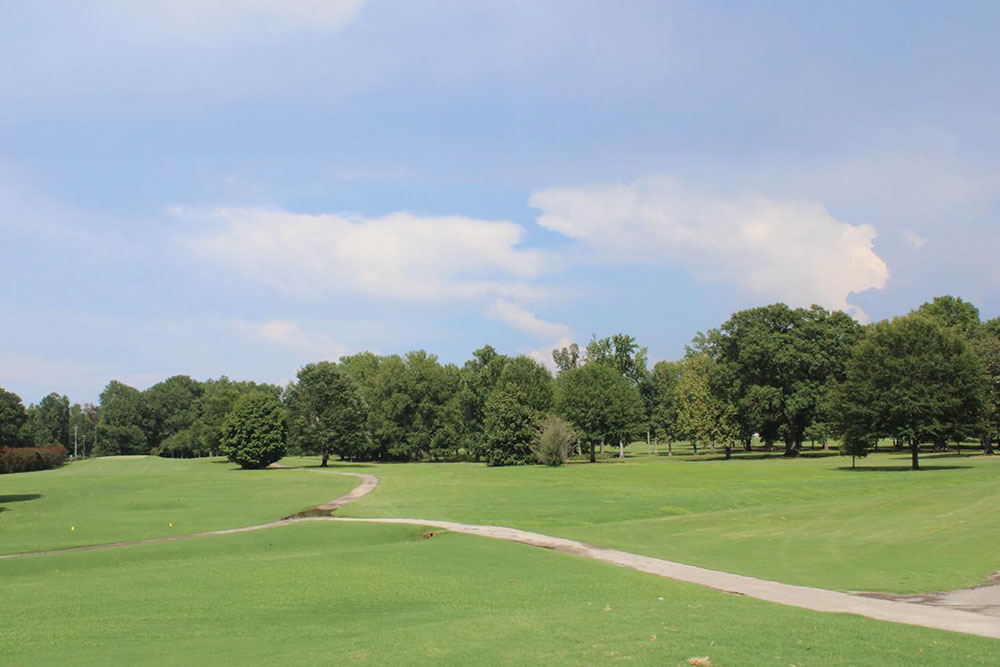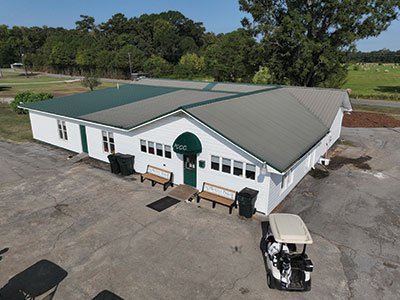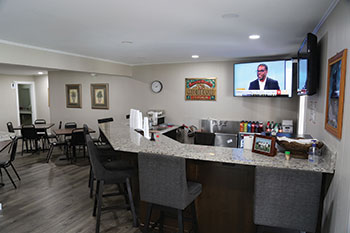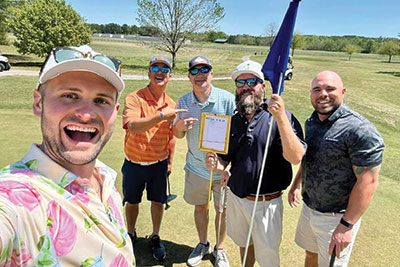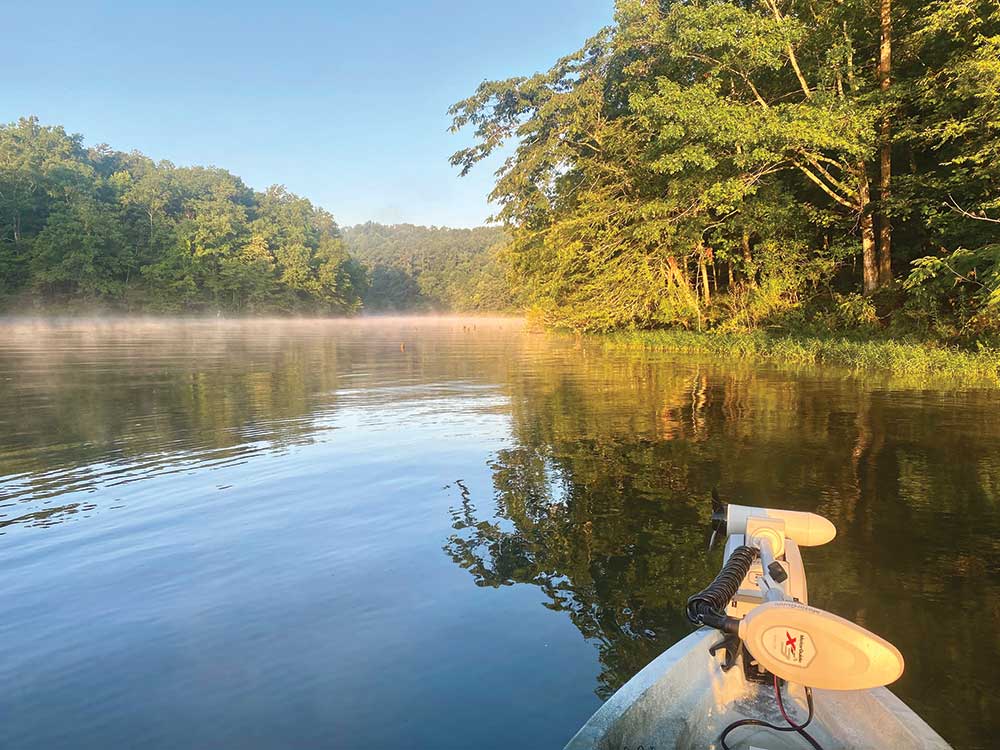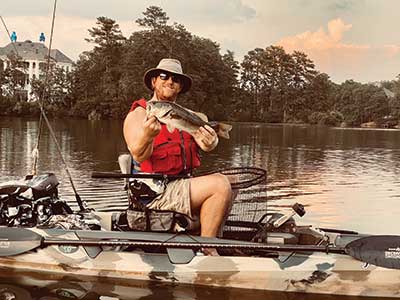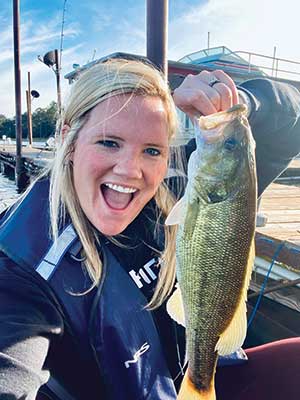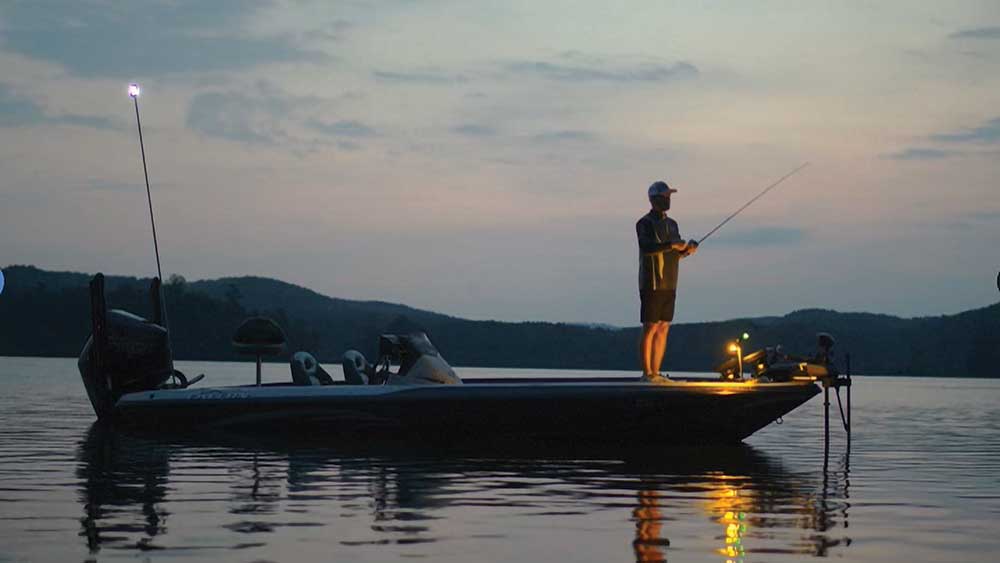Old friends, new friends play golf, celebrate at newly renovated facility
Story by Paul South
Photos by David Smith
Submitted photos
The legendary South African golfer Gary Player may have said it best when it comes to golf and friendship: “In golf, as in life, it’s the friends we meet along the way that make the journey worthwhile.”
No place does Player’s words ring truer than at Pell City Country Club St Clair County’s only golf course. The 6,100-yard, semi-private layout has forged many friendships over the past 63 years.
Now, the club aims to make new friends by bolstering its membership and by promoting itself as an event venue for wedding receptions, birthday parties, baby showers, graduations, and holiday parties in its newly renovated clubhouse.
A rich history
PCCC was started in 1961 by a group of prominent local businessmen weary of driving to Talladega to play golf.
Dr. Raymond F. “Bam” Cox, Kenneth Tucker, Howell Henderson, Hank Harmon, Judge Edwin Holladay, Forest Walls, J.T. Holladay, Dr. John E. Haynes and Roy Coshatt started the club. Tucker sold the 85 acres where the golf course resides on Golf Course Road.
“It wasn’t like today when you bring in a prominent golf course designer such as Jerry Pate (a former U.S. Amateur and U.S. Open champion) to come in and design the course,” said PCCC board member Jeff Ingram who “grew up” on the golf course. This group of men came up with the idea to build a golf course they could play and be proud of. The golf course is basically the same course as it was when it was built in 1961.
Through the years, the course and clubhouse have weathered numerous storms and a declining membership. Pell City officials even fought off an effort by the City of Birmingham to take over the course to create a satellite airport to what is now the Birmingham Shuttlesworth International Airport.
The golf course was opened to public play approximately 15 years ago. “That’s one thing that helped us survive,” Club President Derrol D. Luker said. “There weren’t enough younger people joining the club to replace the older members who had quit playing or passed away. The public play has really helped things out.”
According to unofficial club historian Roger Pate, retired principal of Pell City High School, PCCC has attracted more than its share of champions, including UAB standout and 2012 U.S. Open champion Graeme McDowell of Northern Ireland, 3-time PGA tour winner Boo Weekley, and former local PGA tour player Will Wilcox.
PCCC also is home to Chris Spivey, who has won numerous women’s state amateur titles over her career, and it has hosted football standouts Jay Barker and Bobby Humphrey and NBA star Charles Oakley. Those are some big personalities for a small-town course, especially a “nine holer,” said Pate.
The club has a pro shop as well as a small practice area and putting green. It is a nine-hole course with two sets of tees. Each hole has a set of white and blue tees for men less than 60 years old, yellow tees for men from 60 to 70 years of age, red tees for men over 70 years of age and women of all ages. Greem tees are for players 75 years of age and older. The club currently has 80 members.
On Mondays, Wednesdays, Fridays and Saturdays, the course hosts an 18-hole “dogfight,” basically a mini tournament filled with fun and fellowship. In past years, when Pell City shut down at noon on Wednesday afternoons, as many as 50 golfers played in the dogfight.
“As far as the course, I think the reason people like it is it’s a shorter course, and it doesn’t take a long time to play. I think that’s what makes it a little special. You’re there to play golf with your friends,” Ingram said. “It provides something for the town that doesn’t exist anywhere else in the county.”
But it’s the people, not pars that make the club special. Many of the members were born and raised in Pell City and learned the game as kids on the course.
“The camaraderie and growing up with the members,” Ingram said. “As you get older, you’re playing with the same people you were playing with many years ago. It’s a smaller club. You don’t have as many members. You can put a name with a face. You’re not a number like you might be at a larger club.”
Pate agreed. He’s been a member since 1971 and serves as course superintendent. “It’s the people,” he said. “We have a lot of fun.”
Small country clubs like Pell City have struggled in recent years to keep members amid stiff competition for the entertainment dollar. But the coronavirus pandemic and the raging cabin fever that came with it sparked renewed interest and attracted new members to the club.
“The numbers of rounds have definitely gone up since COVID first came around, and the number of rounds played have increased every year since COVID came,” Ingram said.
“Before COVID, we were really hurting,” Pate said. “It’s grown since then. A lot of people didn’t know this golf course was here. It’s kind of off the beaten path.”
As with Pate and Ingram, the club’s warm, welcoming membership makes PCCC a special place to belong.
“You can go down there almost anytime and find a game,” Luker said. “There are just good people down there.”
Precious memories
Any discussion of PCCC would not be complete without mentioning the late Ray Cox. While Ingram has fond memories of winning numerous tournaments with Ray over the years, the deeper memories are of Cox, the son of one of the co-founders and also a past president of the club until his death in 2007. The founder of Metro Bank, Ray Cox played at PCCC “from day one,” Ingram said.
“He played golf all over the world, but PCCC was his favorite course,” Ingram said of his late friend. “I promised Ray before he died that as long as I was able, I would do my best to keep the doors open. So far so good.”
Luker was one of those kids who grew up at PCCC. A third-generation member of the club, he holds fond memories of playing with his Dad. But he, too, remembers Cox.
“Before I was even 16, we lived in Mays Bend, and my Dad would let me drive over to the golf course by myself on Sunday mornings to take golf lessons from Mr. Cox.”
Cox taught young Luker, now a land surveyor, a valuable lesson. “Patience,” Luker said.
“He was a role model to Jeff and myself,” Luker said. “We want to keep his memory going because he meant so much to the club and to Pell City.”
The longevity of the club is based upon the people, the friendships and chance to compete..”











